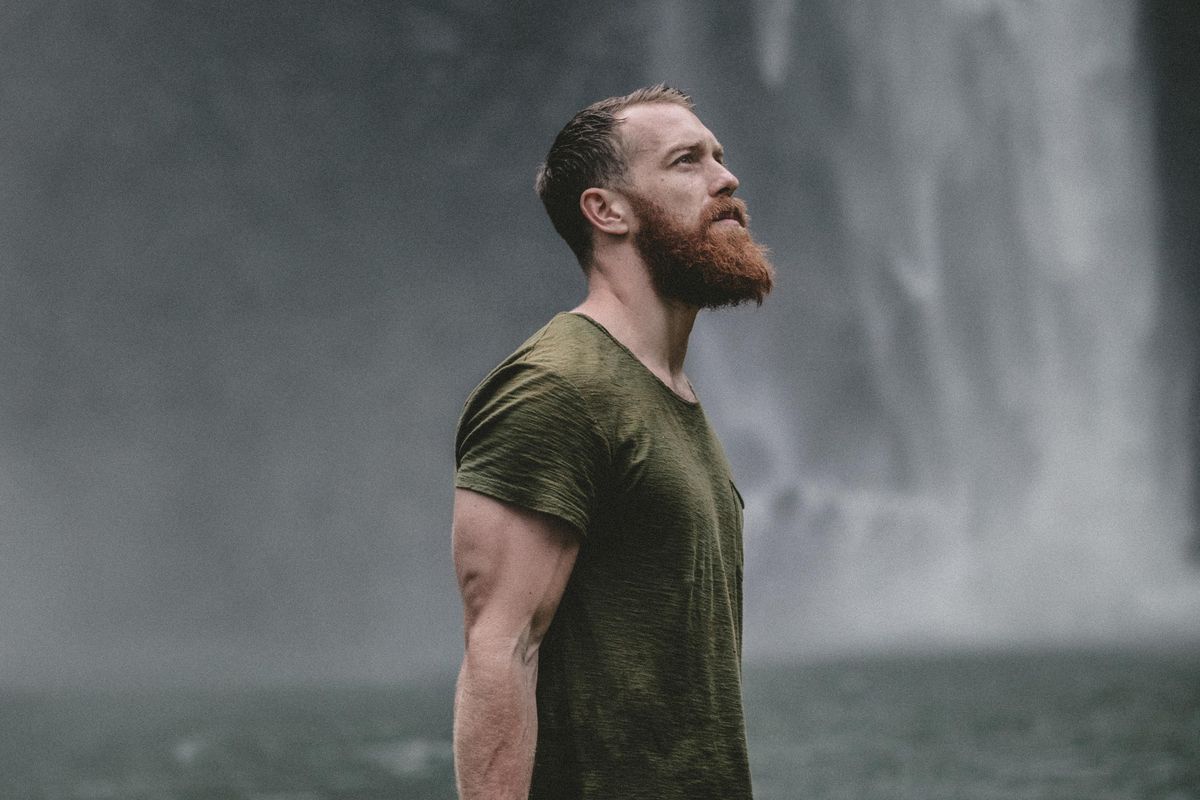The surprising reason medicine tends to work better for men than women.
Yet another reason why we need more equality.
Even the medical field has bias.
Men.
We have it pretty good. Especially when it comes to our health.
Not only do we get to write the health care legislation, but increasingly, we're getting all the good medical treatment.
We can thank lab animals for this — and the researchers who study them.
For a long time, researchers believed that male animals were better for trials of new medicine.
It was widely assumed that hormone cycles in females would screw up the results.
As a result, currently, over 75% of all lab animals are male.

Lab mouse in a surgically gloved hand.
Image by Rama/Wikimedia Commons/CeCILL.
The problem is, when you test primarily on male animals, you're making medicine that's more likely to be effective for, well, men.
According to a report in New Scientist, researcher Natasha Karp and a team from the U.K.'s Wellcome Trust Sanger Institute studied tens of thousands of mice of both sexes. They found that when you switch off genes in male mice, the mice express different traits then when you switch off the same genes in female mice.
If genes express themselves differently depending on the sex of the animal, the researchers found, so do some genetic diseases.

Gene therapy: rad as hell.
Photo by National Cancer Institute on UnsplashThe team concluded that "drugs optimized for male animals may be less effective in females, or even cause harm." Of the 10 drugs that were pulled from the market between 1997 and 2001, they explained, eight were riskier for women.
Male animal-bias also means drugs that work better for women might not even make it into testing to begin with.
As with the debate over what constitutes an "essential" health care benefit (according to some hi-larious U.S. senators, mammograms shouldn't), when it comes to "who constitutes a full human," it appears men are the considered default setting, while women are an afterthought.

A bearded man looking off into the distance all manly.
Photo by Jakob Owens on UnsplashIt's a pretty sweet gig for us men.
The thing is, women are half of us. We like them.
As fully formed human beings with lives, free will, hopes, dreams, and so on, it'd be nice if medicine worked better on them when they got diseases.
There's been some progress toward making medical experiments more equitable, at least where human subjects are concerned.
Clinical trials (on humans) used to involve pretty much no women. Now most are 30-40% female, though that still means women are underrepresented.
Thanks to efforts of researchers like Karp and her team, we now know we need to extend that progress to the animal kingdom as well.
"Unless there’s a really good reason not to, we should be using both sexes in biomedical research," Karp told New Scientist.
Male animals, she argued, have traits just as particular as female hormone cycles that make them similarly varied from an ideal "norm."
Ultimately, more comprehensive research benefits us all — men and women.
Better studies lead to more effective medicine, which leads to less sickness and sadness all around.
That's the hope anyway.
The animals of both genders who turn out to help us out with this project deserve a hearty "thank you."
If we start with equal treatment, we might finally get some equal treatment.
This article originally appeared on 06.29.17
- A major UCLA study says that at least 65 species of animals laugh ›
- Canada to ban cosmetic testing on animals ›
- We need to fundamentally reexamine how new moms are cared for after childbirth. - Upworthy ›
- Doctors perform groundbreaking in utero brain surgery - Upworthy ›
- Mom calls on doctors to do better for little girls of color - Upworthy ›
- Woman's viral music video shows how doctors don't understand the female body - Upworthy ›
- The secret envy men and women have for the other gender's lives - Upworthy ›
